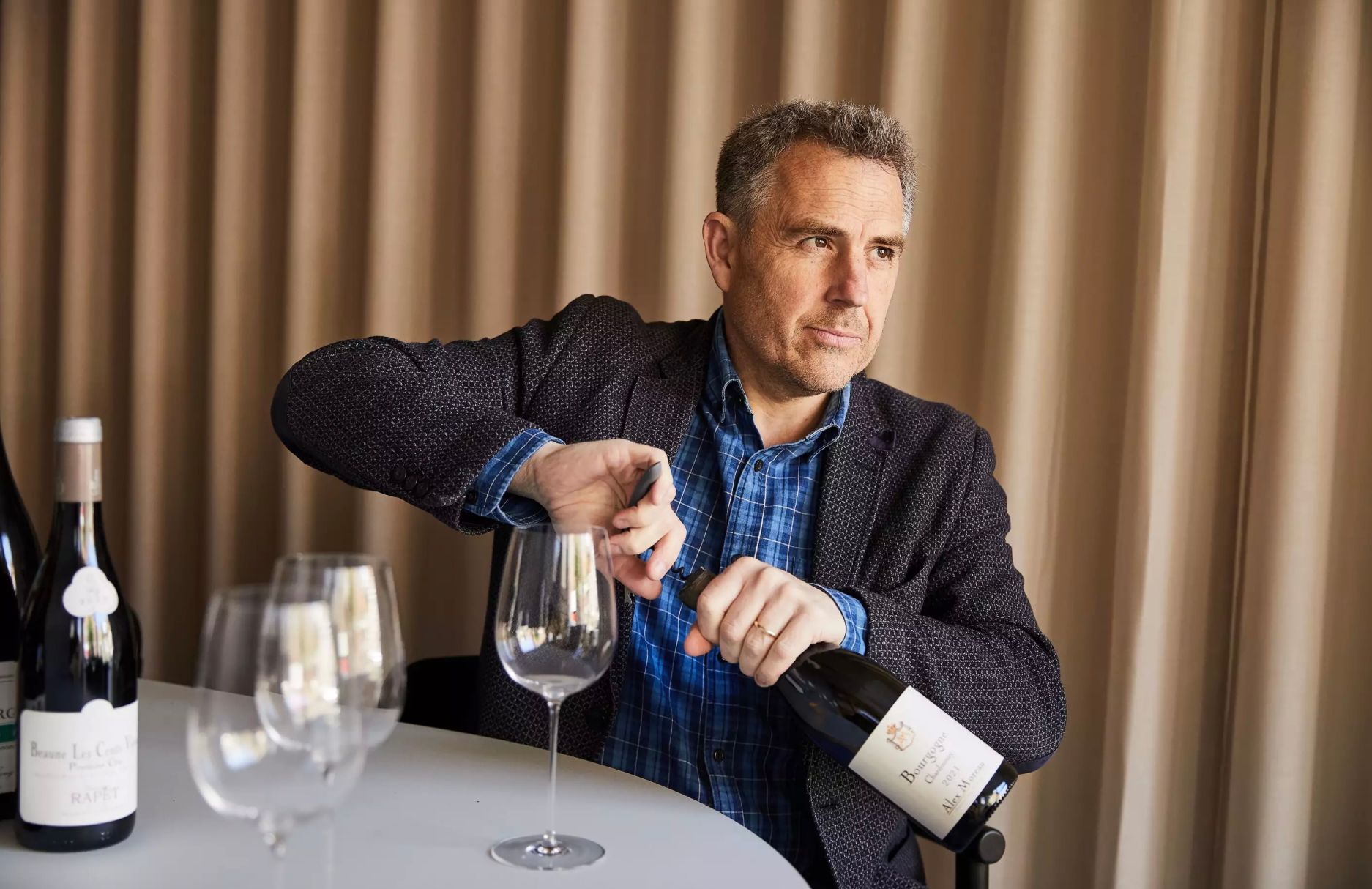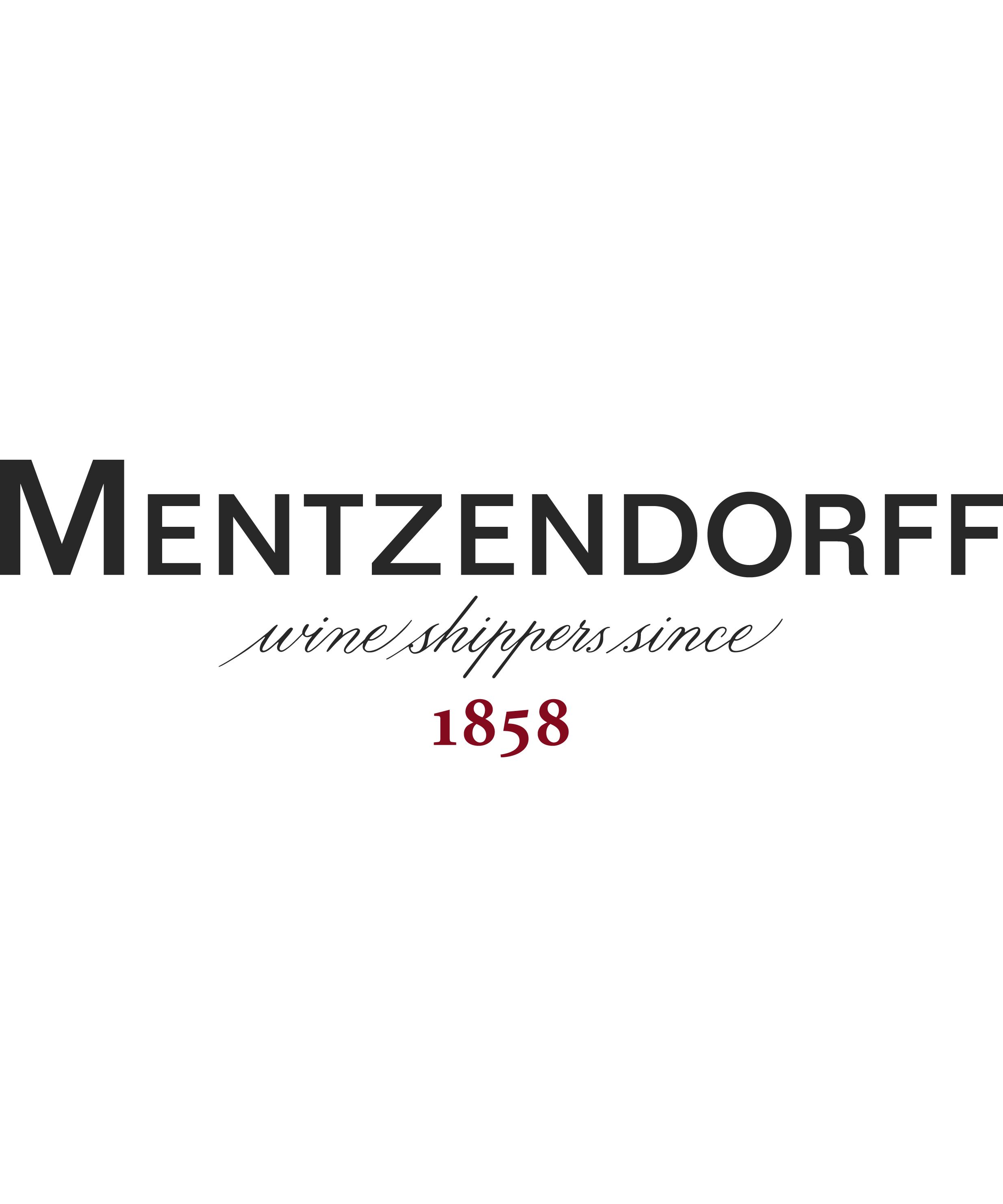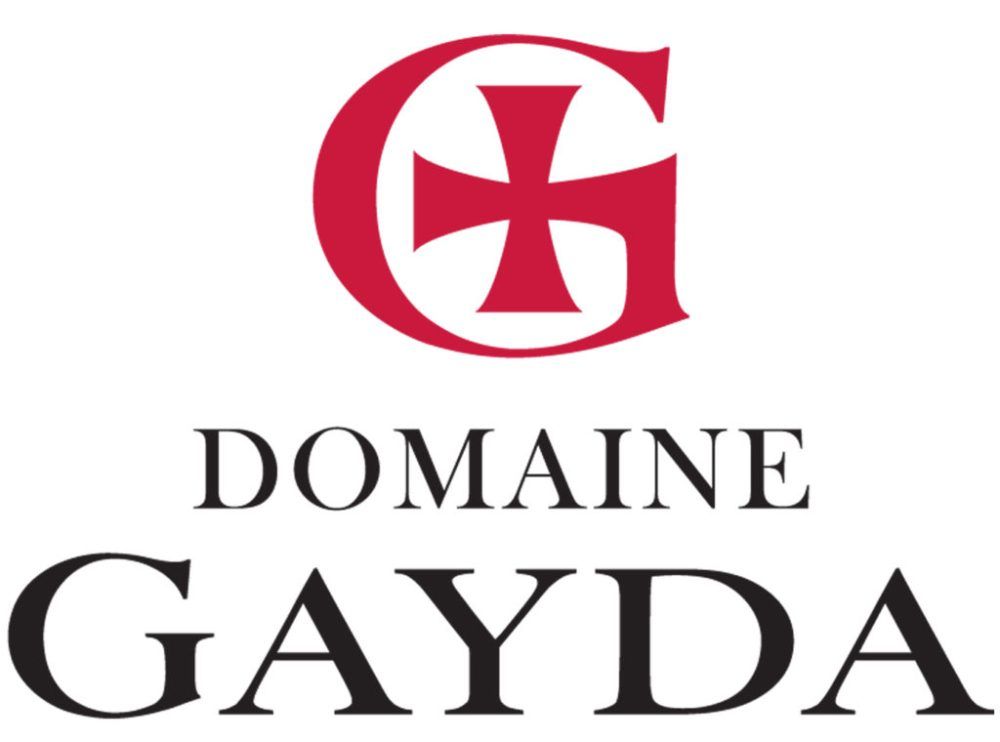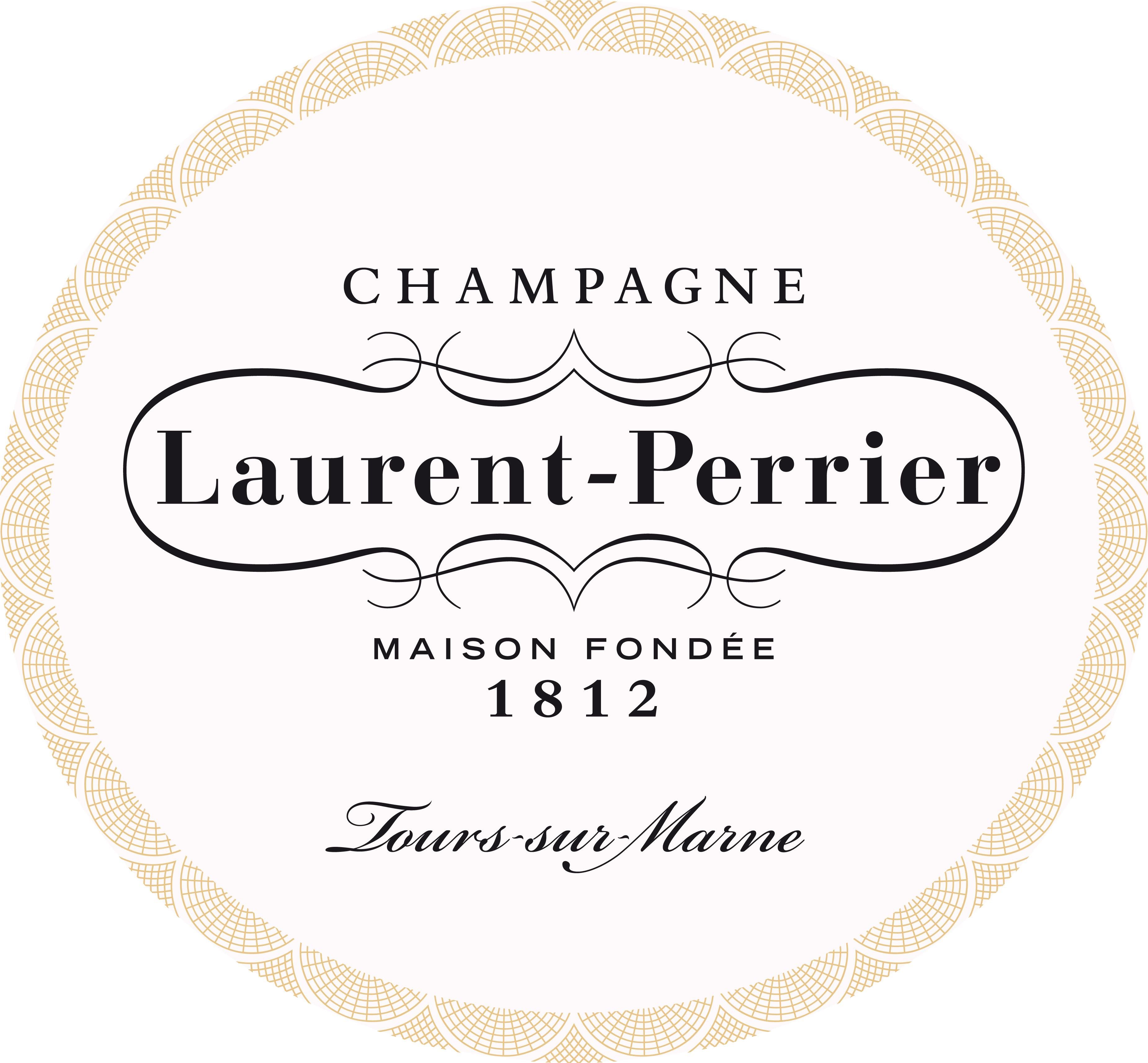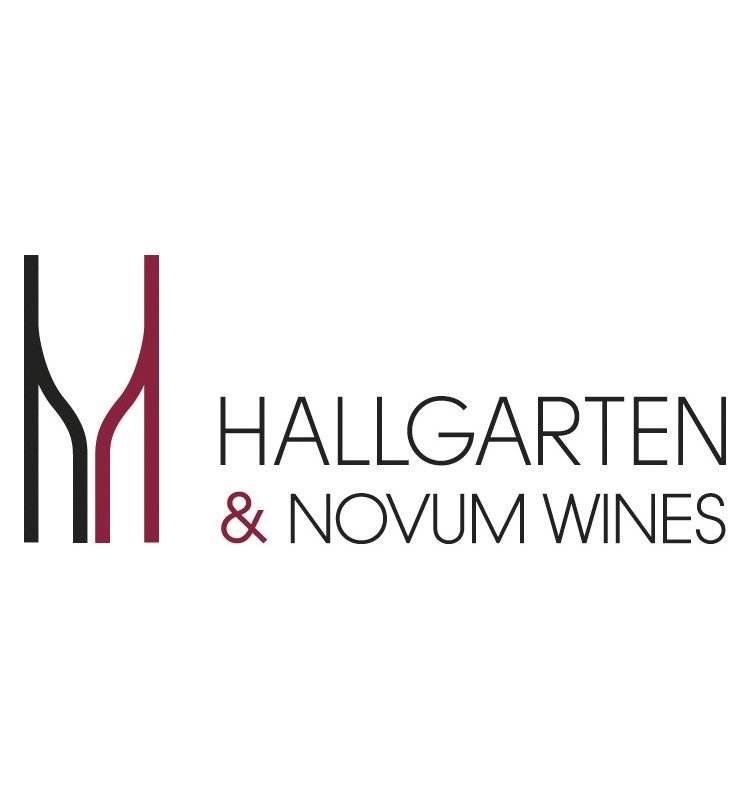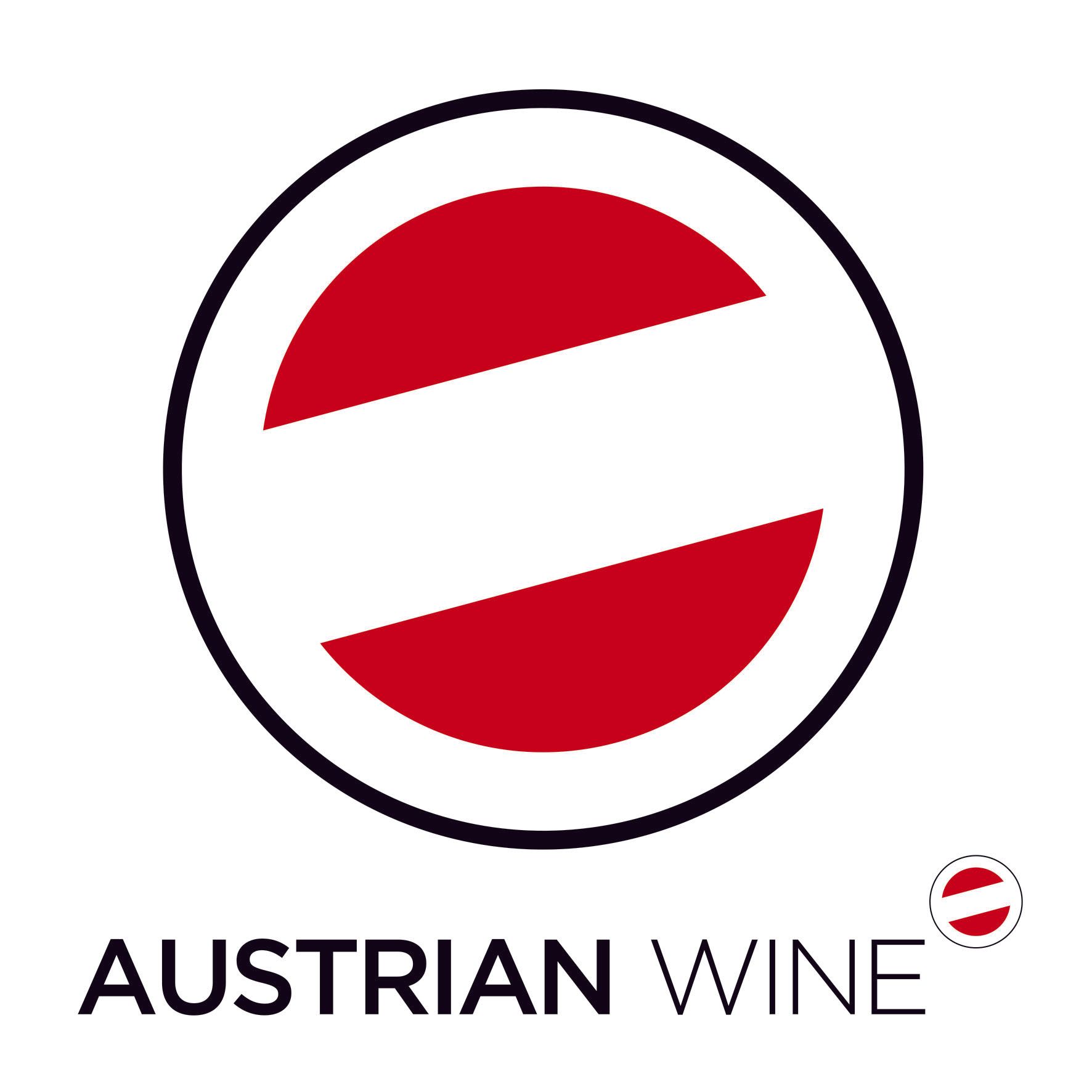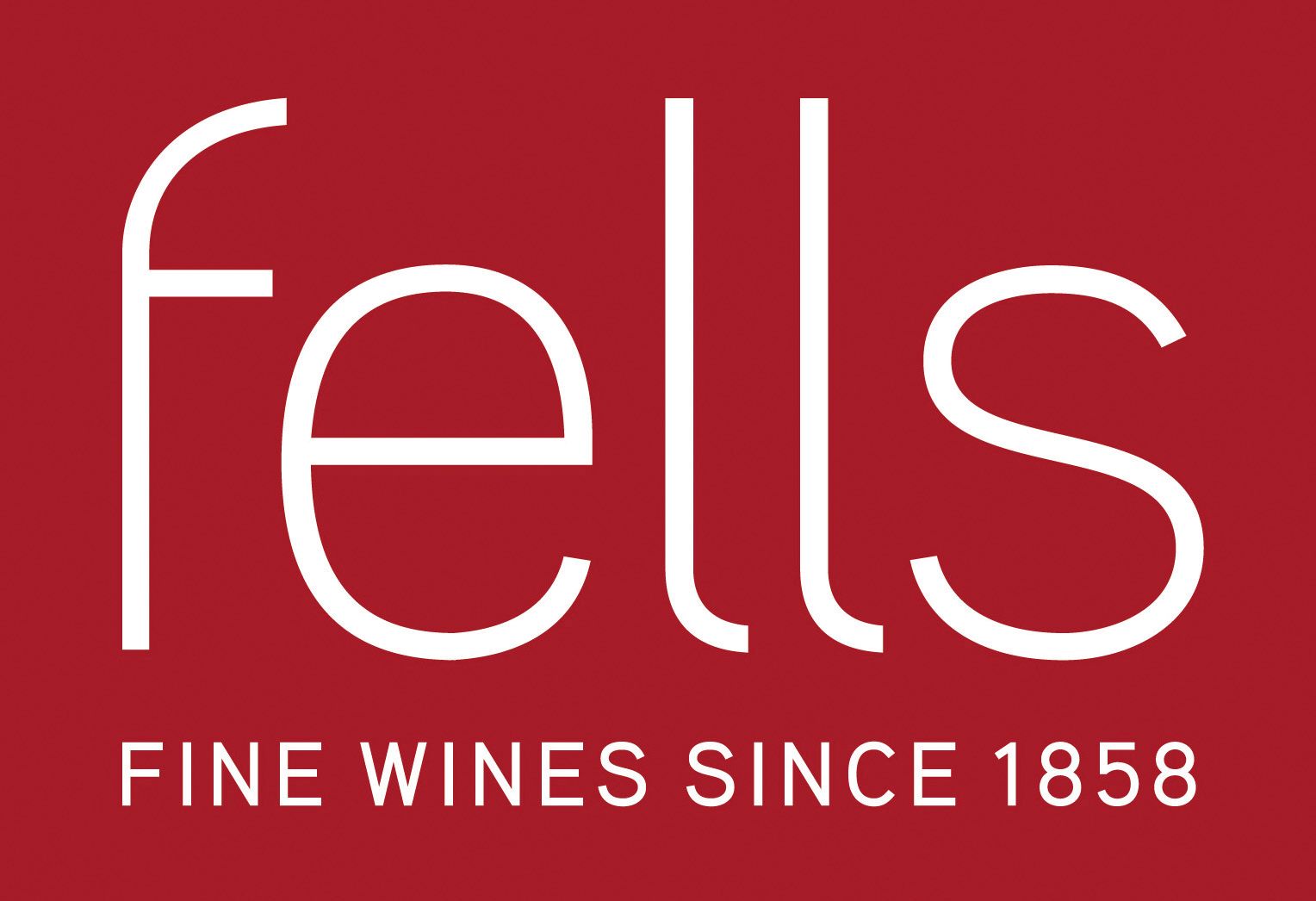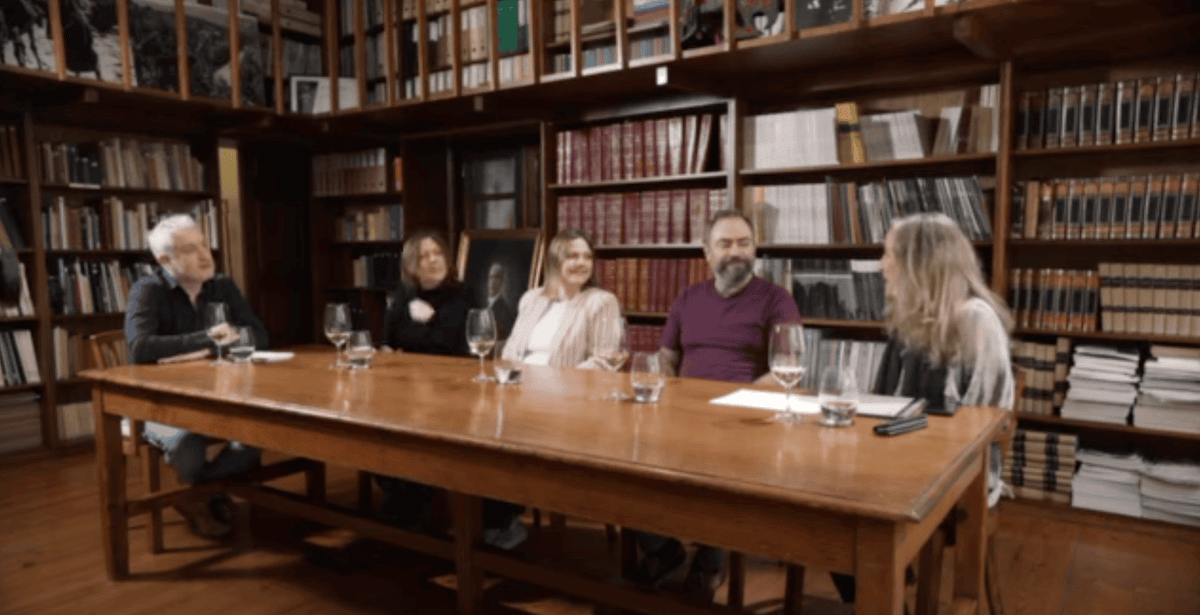As recently as the sixties and seventies, the offspring of Burgundian winemakers were often cajoled into joining the family business. The son, even if not the eldest child, would be sent to viticultural school to learn the basics, before working alongside his father for a number of years until he was deemed ready to take over the reins.
In contrast, his sister, might be earmarked for future administrative and marketing duties within the family domaine, regardless of whether she was perhaps more interested in wine than her brother. Inheritance, rather than talent or passion, was often the driving force behind so many lifelong careers.
It wasn’t, by any means, a totally floored system, as many of the regions’ greatest winemakers evolved in this way, even if their passion wasn’t all encompassing in the very beginning.
But, who knows how many great writers or artists were lost to the world of wine? And, equally, who knows how many women never got the chance to realise their potential as winemakers, simply because they were female, though, of course, this particular injustice is hardly exclusive to the wine industry.
Different breed

Amélie Berthaut is a good example of the new generation of winemakers in Burgundy who took over her father's estate at Domaine Berthaut-Gerbet 10 years ago and is now working with Flint Wines to sell them into the UK market
But, Burgundy today is a very different place, and modern Burgundian winemakers are a very different breed to their predecessors.
Not only do they need to understand the ever-changing complexities of both viticulture and viniculture that have been exaggerated in recent years by climate change, they also need to have embraced the importance and influence of social media and public relations and be willing to make their name and their facethe brand that everyone is talking about.
The immediacy that modern methods of communication inspire amplifies the rewards that a winemaker can enjoy, both reputationally and financially which is great, although that in turn necessitates a rare focus to ensure the tail doesn’t start wagging the dog.
This evolved job description is especially appealing to ambitious and vocational young winemakers, who want to make an impact, make a difference. Just doing something because the previous four generations did it doesn’t have the same motivational lure. Whilst history and tradition are still important, they should also inspire innovation and change where appropriate, not stifle it.
New freedom
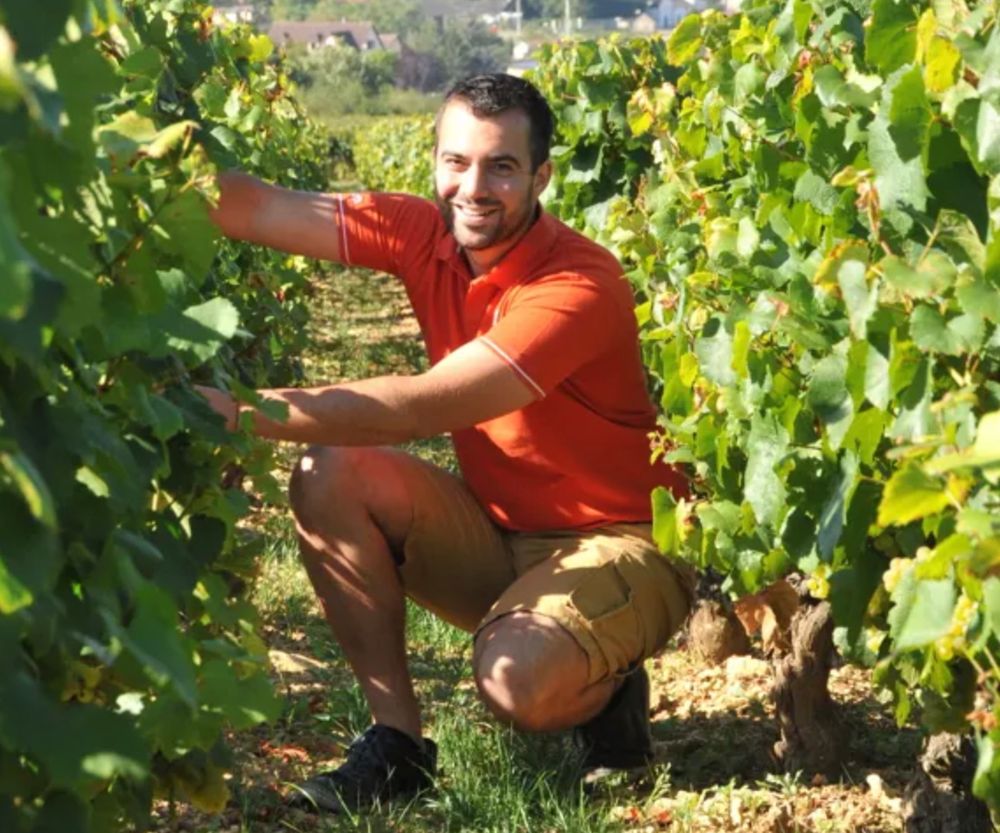
Pierrick Laroche is seen by Flint Wines as one of the rising stars of Burgundy with the wines he has been making at Domaine des Hâtes since 2010
In the right hands this freedom to innovate can be utilised at every stage of the winemaking process from the husbandry of the vineyards right through to final packaging of the finished wine.
Almost every young winemaker worth talking to today is working at least organically, if not biodynamically and, of course, the irony is that it takes a lot more work to simply leave the vineyards to fend for themselves without the supportive crutch of endless chemical treatments. And yields tend to be lower without this use of chemicals, especially in meteorologically demanding vintages like 2024.
So, the production of the grapes themselves ultimately costs a lot more money.
Once in the cuverie, the now widespread use of sorting tables further decreases net yields, as growers, quite rightly, want to produce the best wines they possibly can regardless of what nature may have given them. Much better to discard fruit and make less wine of a better quality than keep everything just to make as much as possible. Less wine means higher selling prices.
But the sorting table is just one of the many pieces of state-of-the-art equipment with which young winemakers can fill their often newly built eco-friendly wineries. Each may only enhance the final wine by one half of a percent, but put everything together and the differences really start to add up.
Given the relentless work in the vineyard to maximise the quality of the grapes, it is only logical that winemakers at the very top of their game would want carry on that no compromise approach right to the end. But all these shiny new toys don’t come cheap.
Guided by sustainability
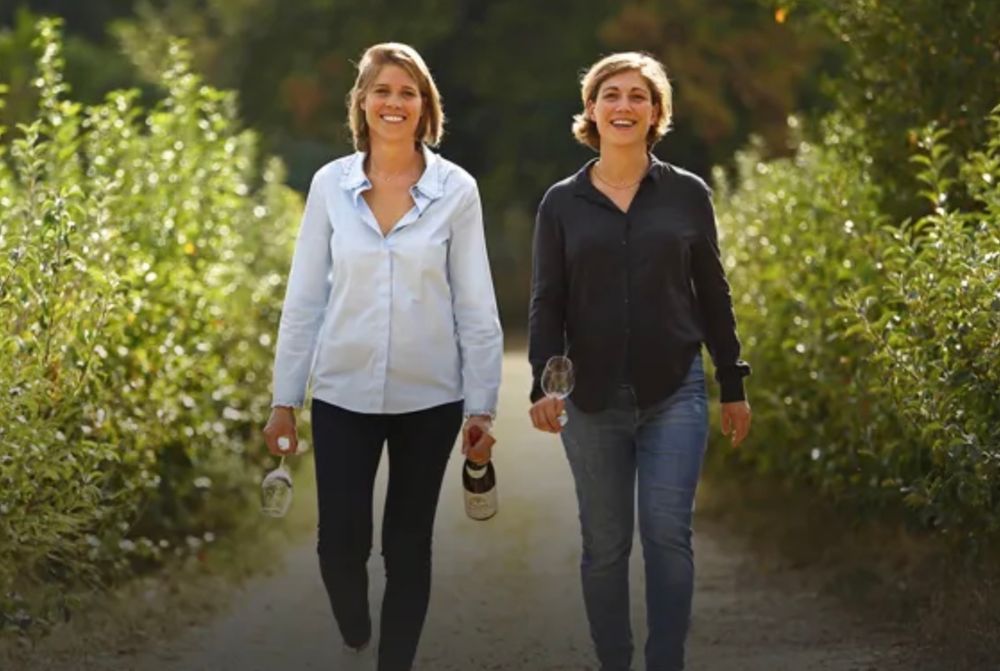
Flint Wines is also working with Domaine Matrot whose daughters of Thierry Matrot, Elsa and Adèle, joined the family winery in 2008 and 2010 respectively
Sustainability seems to be the new guiding light in the choices that the winemakers are making and, coupled with their almost obsessional approach to creating great Burgundy, it provides a compelling narrative to the production of one bottle of wine. But, it too rarely comes cheaply.
This compelling narrative is a great hook with which to catch the new generation of drinkers, who mirror the beliefs and passions that drive on their potential future heroes.
They want a story, a reason to buy. Burgundy is so addictively complex and intriguing and this embellishment just heightens its fascination.
What’s great is that the winemakers are not adopting this approach to attract new fans. It’s not merely a catchy riff to draw them in. It’s both genuine and authentic, two traits that resonate with twenty somethings today.
So yes, Burgundy has become expensive. There is no doubt that it can cost a lot of money to make great examples. But that’s okay. In fact, we all seem to agree that we should drink less but better. But better not just in qualitative terms, but also in environmental terms. And these new winemakers are so convincing and articulate that they are speaking the same language as their emerging market and being heard. Truly heard.
* To find out more about Flint Wines and the Burgundy winemakers it works with go to its website here.
